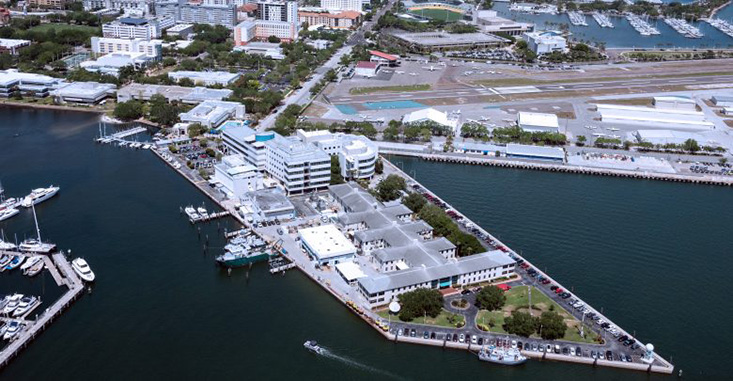
Marine Science Faculty Publications
Chloropyll Concentrations along the West Florida Shelf: Analysis of Temporal Variability Using Remote Sensing
Document Type
Article
Publication Date
2001
Abstract
The focus of the ECOHAB program (Ecology and Oceanography of Harmful Algal Blooms) in Florida is to gain a better understanding of red tides and their underlying causes. Satellite data are currently being analyzed for identifying blooms of the major algal contributor, Gymnodinium breve (Brown, 1998). Identifying G. breve blooms may lead to the prediction and ultimate management of harmful algal bloom events. In situ chlorophyll, pigment (HPLC), and other oceanographic data have been collected on a monthly basis along the WFL shelf as part of the ECOHAB program since 1997.
Citation / Publisher Attribution
Earth System Monitor, v. 11, issue 3, p. 1-4
Scholar Commons Citation
Vanderbloemen, L. A. and Muller-Karger, Frank E., "Chloropyll Concentrations along the West Florida Shelf: Analysis of Temporal Variability Using Remote Sensing" (2001). Marine Science Faculty Publications. 1162.
https://digitalcommons.usf.edu/msc_facpub/1162




